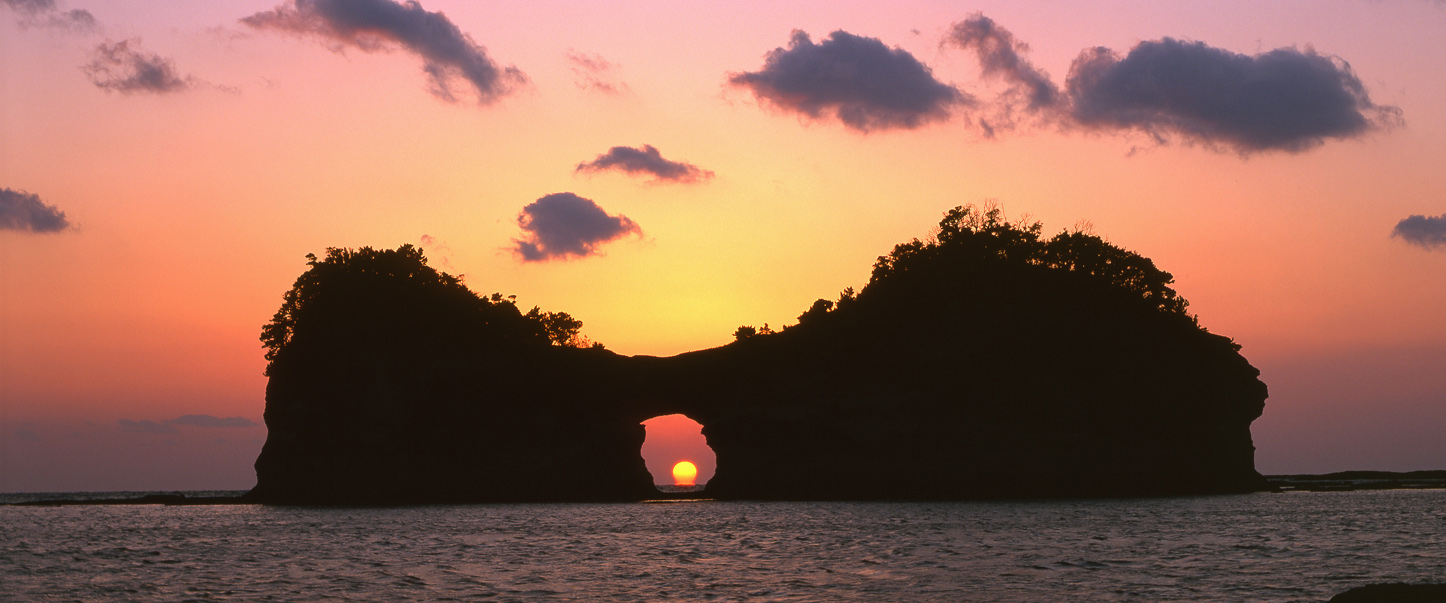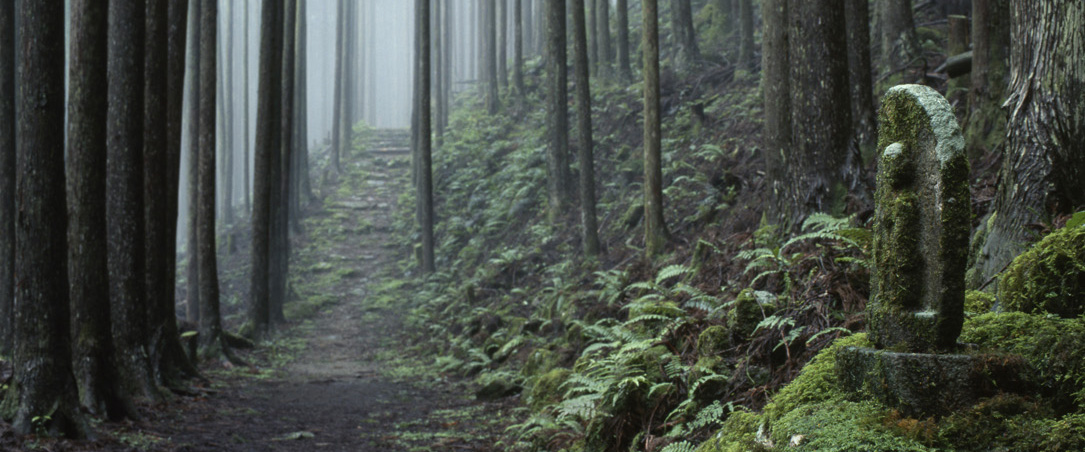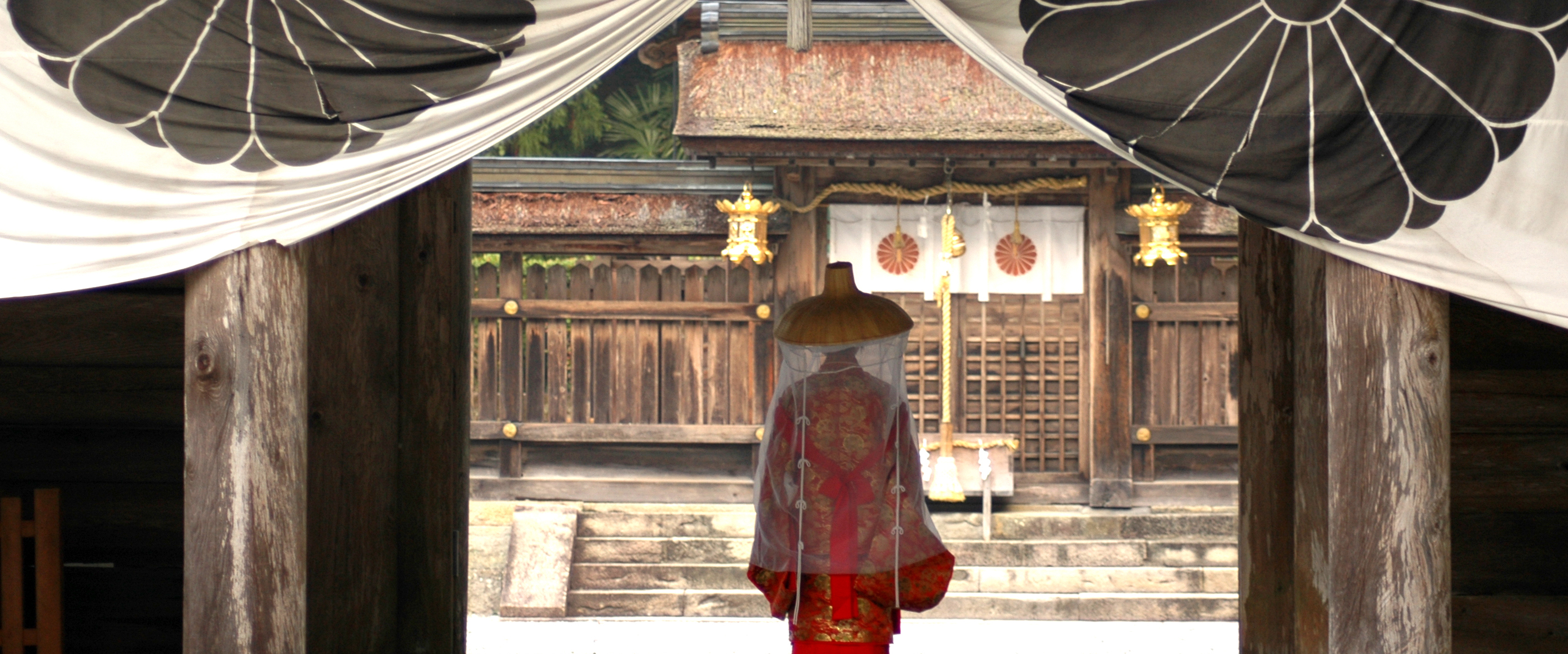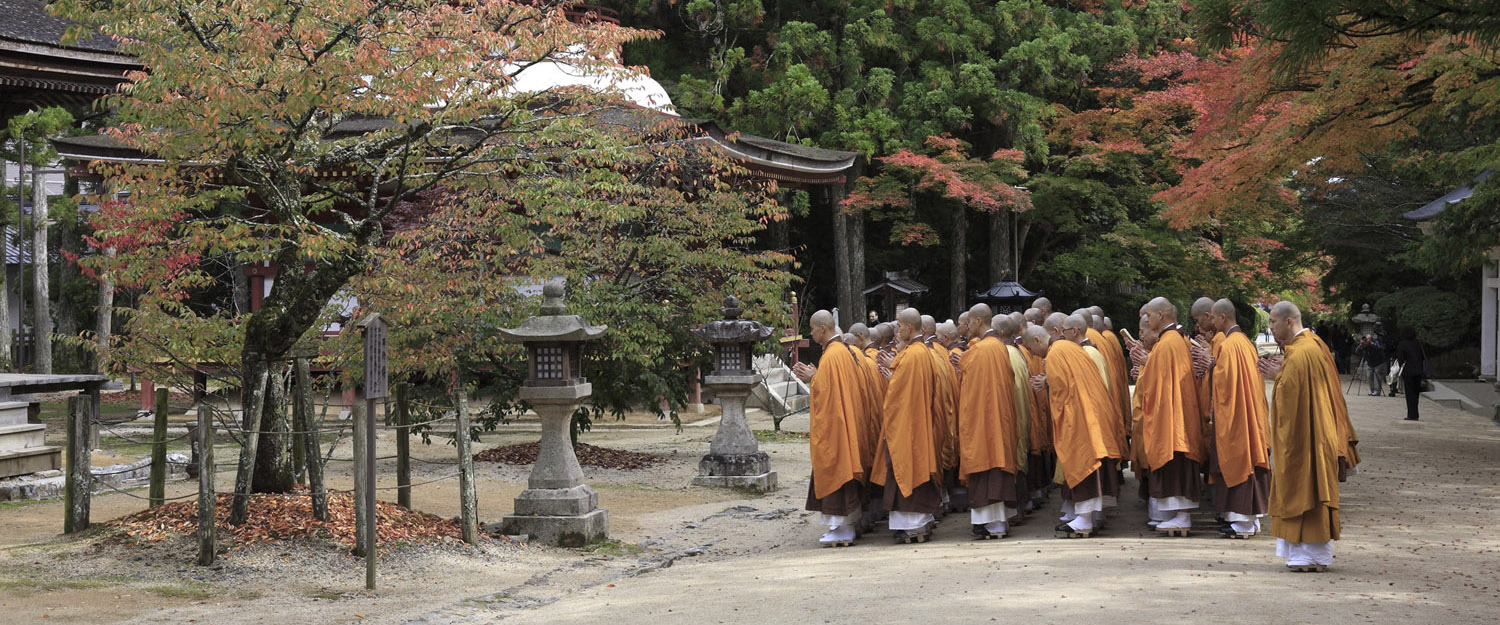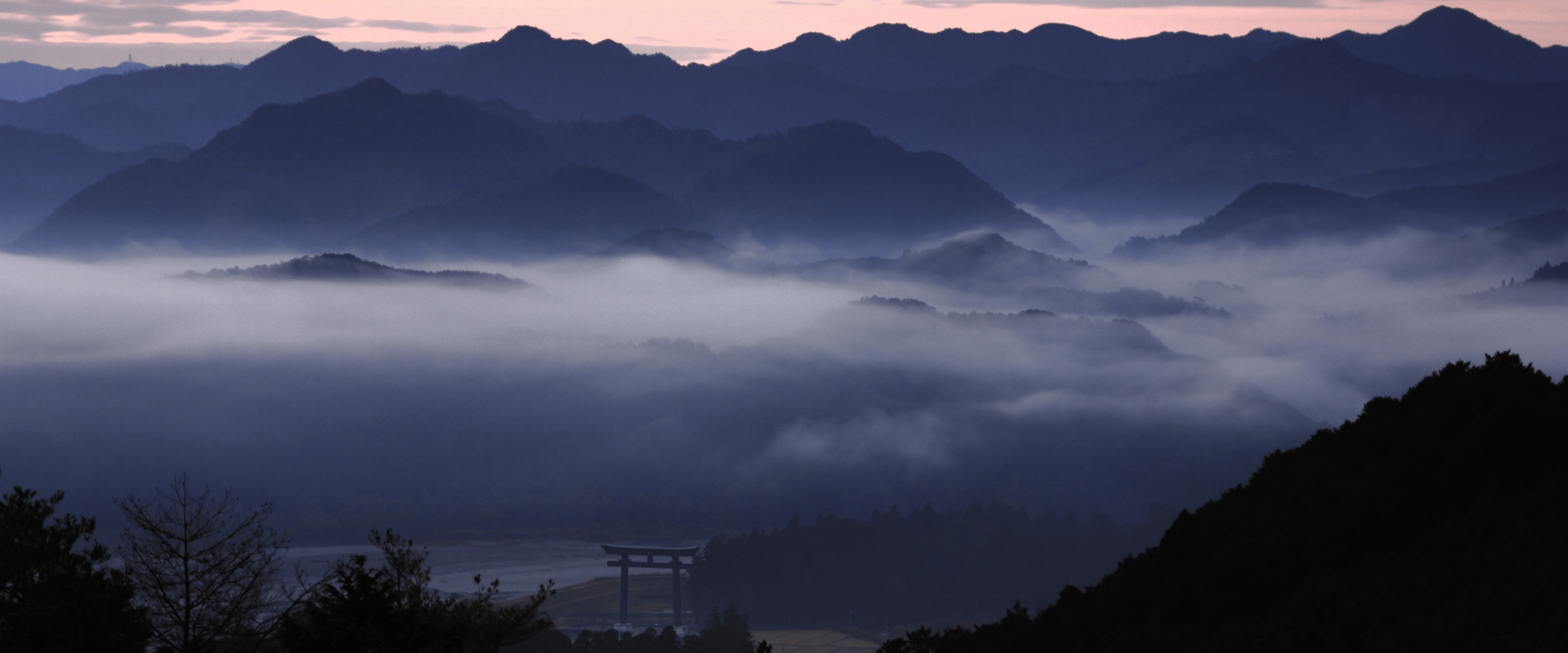Wakayama
About
With green-woven mountains, clear rivers, the sun-sparkling blue-green expanse of the sea, and the fertile land that is fruitful all year round, nature in Wakayama is abundantly colorful and magnificent. There’s also history and culture, as exemplified by Koya and Kumano in the World Heritage Site “Sacred Sites and Pilgrimage Routes in the Kii Mountain Range”. There are countless famous hot springs that have been healing and comforting people since ancient times.
In the year 816 AD, a monk by the name of Kukai (774 - 835 AD), posthumously named Kobo Daishi, founded Shingon Buddhism and the monastery complex known as Koyasan. Located in the lush Koya-Ryujin Quasi-National Park, it is said that the 8 peaks and basin resemble a lotus, making it an auspicious location. For over 1,200 years Koyasan has flourished as an active monastic center, and is one of Japan’s most sacred sites.
Tourist information of Wakayama is available here.
Household Goods
Wakayama is a major production hub for kitchen, bath, toilet and laundry items. There are more than 150 companies in the region, which is the highest concentration in Japan. Each company aims to improve the design level of their products and develop high-value-added products, and the product range is extensive.
The region has historically been producing ropes, nets, brooms and scrubbing brushes from hemp palms. It is said that Kobo Daishi (aka Kukai), who established Koya-san (Mt. Koya), now a registered world heritage, brought back and planted the hemp palms when he returned to Japan after his studies in China.
In recent years, new materials and synthetics fibers that can be processed in a complex manner have been introduced, allowing the development of a great variety of products. The industry has also undergone a big change in its distribution, with the development of home improvement centers, supermarkets and hundred-yen shops. Furthermore, the lifestyles of the consumers have changed greatly and products in diverse forms and materials are being sought in the household goods industry.
LACQUERWARE
Lacquering is a traditional art which applies layers of lacquer onto base materials like wood or paper. A traditional Japanese industry, lacquered products strongly resist acids, alkalis, salt, alcohol, and the like, and have been exported to Europe in large quantities since the second half of the 16th century. Kishu Lacquerware was nominated by the Secretary of State for Trade and Industry as a traditional craft in 1978, and Wakayama is famous throughout Japan as one of the leading regions for its production.
Negoronuri is one of Wakayama’s representative lacquering techniques, characterized by applying crimson lacquer over an undercoat of black lacquer. The history of lacquering in Wakayama goes back to the Muromachi era (1336-1573). It began with producing wooden bowls from the plentiful kishu cypress wood.
In recent years it has extended beyond the traditional bowls and trays, with the development of new products to suit the times. These include relatively inexpensive lunchboxes that are microwave and dishwasher-safe, USB flash drives, cellphone covers, and other goods. We are also keen to develop designs that match Western-style table coordination. Not just for Japanese cuisine, these utensils show their appeal as they bring out the best in French, Italian, and many other cuisines. We develop these products as ways to create enjoyable times and spaces.
